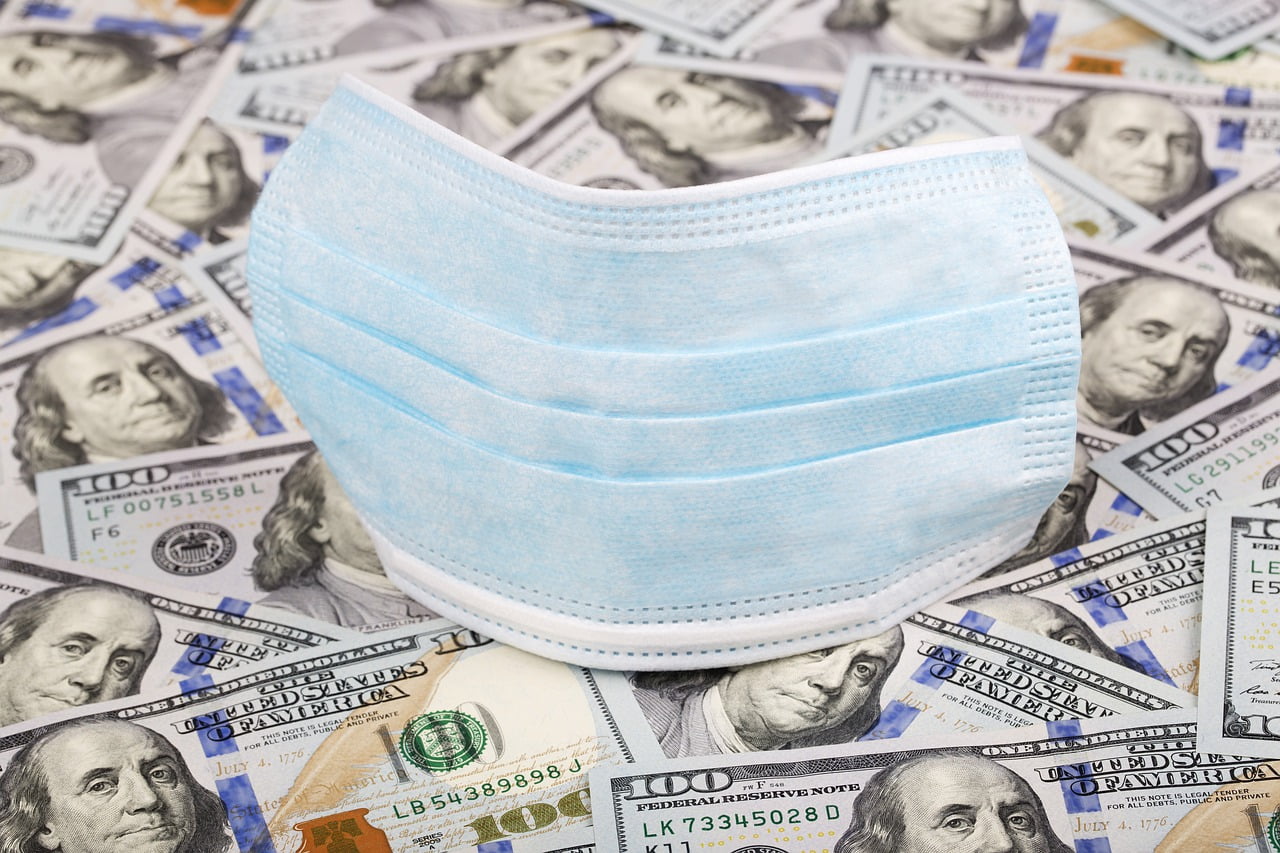It is very likely that the next stimulus package could include direct payments. Also, there is speculation that stimulus checks would be given only to those earning $40,000 or less annually. However, there are valid arguments that the income limit for the next coronavirus stimulus checks could be higher than $40,000.
Q2 2020 hedge fund letters, conferences and more
One big reason why the cut-off limit for the next coronavirus checks could be higher is because of comments made by President Donald Trump. On several occasions, Trump has suggested that the next stimulus checks would be “generous” and “larger” than what has been proposed by the Democrats.
“It’ll be very good, it’ll be very generous,” Trump said earlier.
Though Trump’s remark doesn’t actually say anything about the cut-off limit, it is very unlikely that Trump would support a bill with an income limit of $40,000 or less.
Another reason is that the median income of Americans based on the 2018 U.S. Census data is over $63,000. This means that the median income is about 50% more than the speculated $40,000 limit for the next coronavirus check. So, a $40,000 limit would leave millions of Americans without a stimulus check.
A lower phaseout rate possible
If, by chance, Congress is adamant on the $40,000 limit, then it is possible that the next coronavirus stimulus checks would have a much bigger phaseout range. This would ensure a larger payment to low-income people.
So, at an income limit of $40,000, the next stimulus check could have a phaseout rate of slower than 5%, notes a report from Forbes.
For example, in the HEROES Act, the range starts at $75,000. The check amount is reduced by 5% for those earning over $75,000. If the limit of the next stimulus bill is $40,000, then it is possible that the phaseout rate is reduced to just 2%.
In such a case, a single filer would have to earn below $100,000 to even qualify for at least some direct payment. This limit is very similar to the upper limit of $99,000 in the CARES Act.
“This preserves a larger check for those who earn the least but still offers help to those with larger families because the phaseout would be increased in size,” the Forbes report says.
What triggered $40,000 limit speculations?
The speculations regarding the income limit of $40,000 came up after comments from Senate Majority Leader Mitch McConnell (R-KY). Earlier this month, McConnell noted that the coronavirus pandemic had hit the hardest those earning below $40,000.
“I think the people who have been hit the hardest are people who make about $40,000 a year or less,” McConnell said.
Another hint about the $40,000 limit came from Federal Reserve Chairman Jerome Powell. In May, Powell said 40% of U.S. households making less than $40,000 lost their jobs in March.






